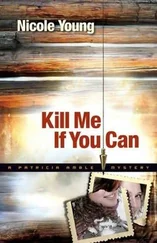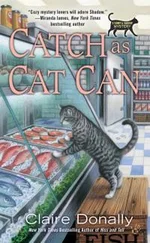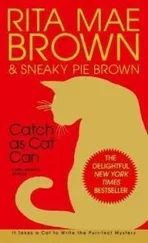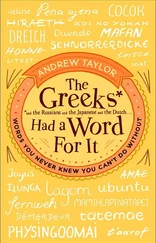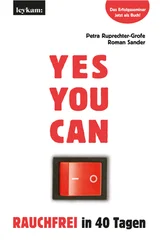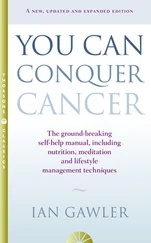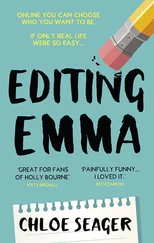The people who assisted me in my dubious capers were all honest, legitimate, respectable folk whom I duped or conned into lending me help. In reality, my total autonomy was the biggest factor in my success. The usual criminal sources of information for the police were useless to them in their search for me. The underworld grapevine simply had no intelligence on me. While my true identity was established midway in my course, the leads garnered by police were all after-the-fact leads. I was always several days gone by the time my misdeeds were exposed as such, and officers were never able to pick up my trail until I struck again, usually in some far-off city.
Once I embarked on counterfeiting checks, I realized I had reached a point of no return. I had chosen paper-hanging as a profession, my means of surviving, and having chosen a nefarious occupation, I set out to perfect my working skills. In the ensuing weeks and months, I studied check transactions and banking procedures as diligently as any investor studies the markets available to him, and I did my homework in unobtrusive ways. I dated tellers and picked their brains while stroking their bodies. I went to libraries and perused banking magazines, journals and trade books. I read financial publications and created opportunities to converse with bank officials. All my wrongful techniques, in short, were polished with rightful wax.
Of course, as someone once observed, there is no right way to do something wrong, but the most successful check swindlers have three factors in their favor, and any one of the three, or the scantiest combination of the three, can pay off like three bars on a slot machine.
The first is personality, and I look on personal grooming as part of one’s personality. Top con artists, whether they’re pushing hot paper or hawking phony oil leases, are well dressed and exude an air of confidence and authority. They’re usually, too, as charming, courteous and seemingly sincere as a politician seeking reelection, although they can, at times, effect the cool arrogance of a tycoon.
The second is observation. Observation is a skill that can be developed, but I was born blessed (or cursed) with the ability to pick up on details and items the average man overlooks. Observation, as I will illustrate later, is the only necessity for successful innovative larceny. A newsman who did a story on me noted, “A good con man reads sign like an Indian, and Frank Abagnale would have made the best Pawnee scout on the frontier look like a half-blind tenderfoot.”
The third factor is research, the big difference between the hard-nosed criminal and the super con man. A hood planning a bank holdup might case the treasury for rudimentary facts, but in the end he depends on his gun. A con artist’s only weapon is his brain. A con man who decides to hit the same bank with a fictitious check or a sophisticated check swindle researches every facet of the caper. In my heyday as a hawker of hot paper, I knew as much about checks as any teller employed in any bank in the world and more than the majority. I’m not even sure a great many bankers possessed the knowledge I had of checks.
Here are some examples of the things I knew about checks and most tellers didn’t, little things that enabled me to fleece them like sheep. All legitimate checks, for instance, will have at least one perforated (or scalloped) edge. The edge will be at the top if taken from a personal checkbook, on two or three sides if taken from a business check ledger. Some knowledgeable firms even scallop all four sides of their checks. An ingenious check counterfeiter can duplicate such vouchers, of course, but only if he invests $40,000 or more in a perforating press, and if he did that he’d hardly be ingenious. It’s not something one can tote around in a suitcase.
There are worthless checks that have a perforated edge, of course, but the checks aren’t bogus. The account is. In every instance where I passed a personal check, I was actually passing an insufficient check. Whenever I went off on a personal-check-passing tangent, I would first open up a legitimate checking account, using a phony name, in order to get fifty to one hundred personalized checks. And, as mentioned previously, the first one or two I wrote were usually good. After that I was flying kites.
I said earlier that the good check swindler is really operating a numbers game, and he is. All checks, whether personal or business, have a series of numbers in the lower left-hand corners, just above the bottoms. Take a personal check that has the numbers 1130 0119 546 085 across the bottom left-hand corner. During my reign as a rip-off champion, not one out of a hundred tellers or private cashiers paid any attention to such numerals, and I’m convinced that only a handful of the people handling checks knew what the series of numbers signified. I’ll decode it:
The number 11 denotes that the check was printed within the Eleventh Federal Reserve District. There are twelve and only twelve Federal Reserve Districts in the United States. The Eleventh includes Texas, where this check was printed. The 3 after the 11 tells one that the check was printed in Houston specifically, for the Third District Office of the FRD is located in that city. The 0 indicates that immediate credit is available on the check. In the middle series of numbers, the 0 identifies the clearing house (Houston) and the 119 is the bank’s identification number within the district. The 546 085 is the account number assigned the customer by the bank.
How does that knowledge benefit a check counterfeiter? With a bundle in his swag and a running head start, that’s how. Say such a man presents a payroll check to a teller or cashier for payment. It is a fine-looking check, issued by a large and reputable Houston firm, payable at a Houston bank, or so it states on the face of the chit. The series of numbers in the lower left-hand corner, however, starts with the number 12, but the teller or cashier doesn’t notice that, or if she/he does, she/he, is ignorant of the meaning of the numbers.
A computer isn’t. When the check lands in the clearinghouse bank, usually the same night, a computer will kick it out, because, while the face of the check says it’s payable in Houston, the numbers say it’s payable in San Francisco and bank computers read only numbers. The check, therefore, is sorted into a batch of checks going to the Twelfth District, San Francisco in this instance, for collection. In San Francisco another computer will reject the check because the bank identification number doesn’t jibe, and at that point the check lands in the hands of a clearing-house bank clerk. In most instances, the clerk will note only the face of the check, see that it is payable at a Houston bank and hand-mail it back, attributing its arrival in San Francisco to computer error. In any event, five to seven days have passed before the person who cashed the check is aware he or she has been swindled, and the paperhanger has long since hooked ‘em.
I got rich off the ignorance of bank personnel concerning their own numerical codes and the lack of knowledge of checks on the part of people who cashed checks. In San Francisco, where I tarried for several weeks after fleeing Eureka, I manufactured several dozen of the phony Pan Am expense checks and passed them in San Francisco banks, at the airport and in banks or hotels in surrounding communities, coding the checks so they were routed‘ to such distant points as Boston, Philadelphia, Cleveland and Richmond.
No forty-niner ever struck it richer in them thar California hills than I did. My fabricated envelope was still an invaluable aid in cashing the fake vouchers, but I used it so much in the Bay Area that it started to come apart at the seams. I needed a new one.
And why not a real one? I reasoned. San Francisco was one of Pan Am’s bases, and I was a Pan Am pilot, wasn’t I? Hell no, I wasn’t, but who out at Pan Am operations would know that? I went to the airport and boldly sauntered into the Pan Am operations complex. “Say, where can I get some writing paper and envelopes? I’m a stranger here,” I asked the first person I encountered, a radio operator.
Читать дальше

